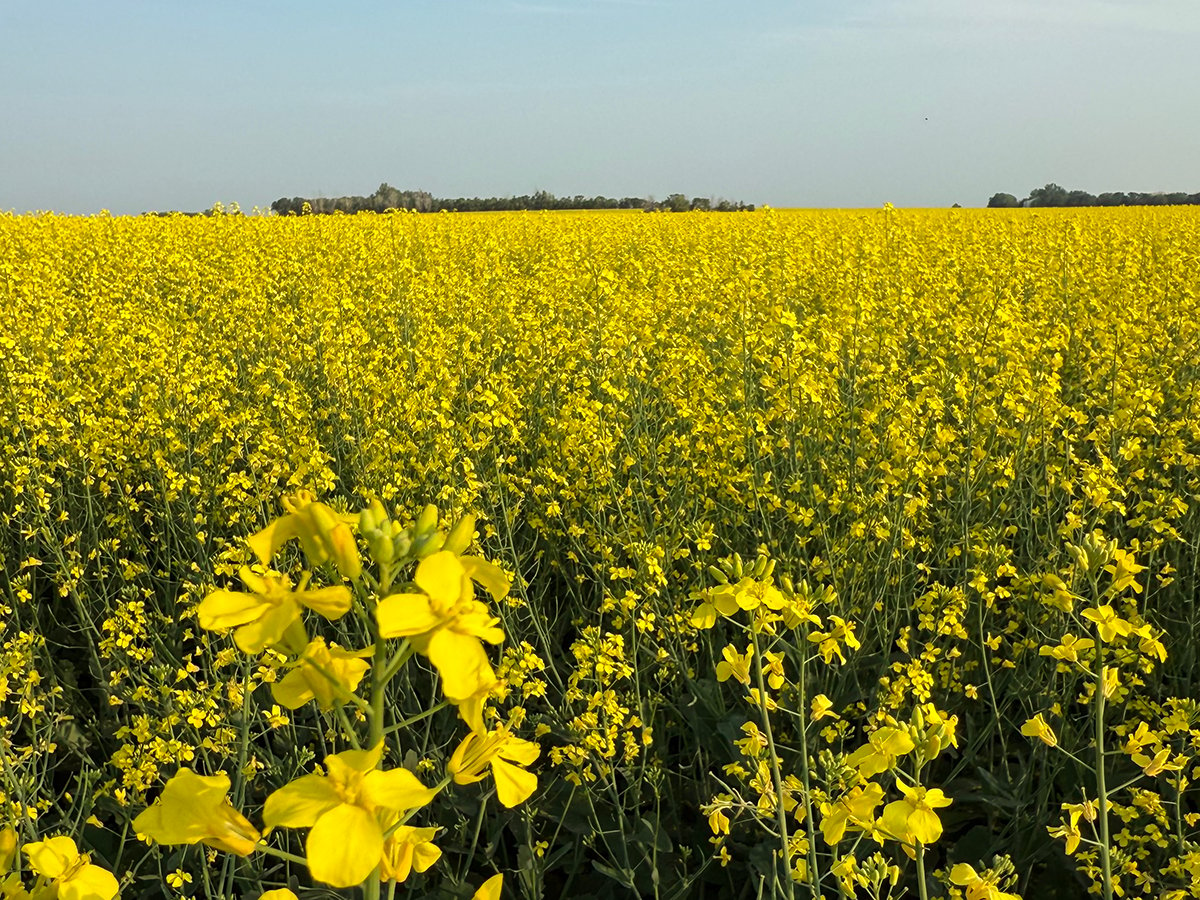The United States cow herd continues to expand aggressively, but the same can’t be said for Western Canada, said market analyst Anne Wasko.
She told the Saskatchewan Stock Growers Association annual convention that cow numbers in Alberta and Saskatchewan have been flat at 2.7 million to 2.8 million for six years.
“All the data continues to support the fact that the U.S. continues in a pretty aggressive expansion phase even with lower cattle prices,” she said.
The Jan. 1 Statistics Canada re-port showed a four percent in-crease in replacement heifers in Canada, but that translates into slightly more than 20,000 head.
Read Also

Canola support gets mixed response
A series of canola industry support measures announced by the federal government are being met with mixed reviews.
“If they all end up in the cow herd that might show up as a half a percent increase on January 2017,” Wasko said. “I don’t think you can really use the word expansion.”
Dry conditions, hay shortages and low prices likely contribute to that, even though cow-calf profits were tremendous.
As well, some older producers were leaving the business at the top of the cycle, which is when they should, she said.
Results from the most recent agricultural census will tell the tale, she said.
Exceptional beef demand, a measure of consumption and price, in 2014 and 2015 was good news for the industry, showing that record high beef prices did not wipe out sales. Still, there was an eight-percent drop in per capita consumption while pork per capita consumption rose by 9.5 percent.
Wasko said the difference in retail prices between beef and pork is one of the widest the industry has ever seen and could signal trouble from a demand perspective. There are larger supplies of poultry, too, also at lower prices than beef.
She said the cattle futures market indicates prices will trend lower through the second half of this year. Producers who want to pre-price calves should probably do that “on the front end of the chain, not the back end,” she said.
The bottom of the cycle could be three to five years away, she said, and increasing supply from the U.S. will affect the market. U.S. retail beef prices are already dropping.
“I think it’s pretty obvious: the cycle highs are in,” Wasko said. “The tight supplies of 2014 and 2015 were met with our cycle highs. That’s over.”















